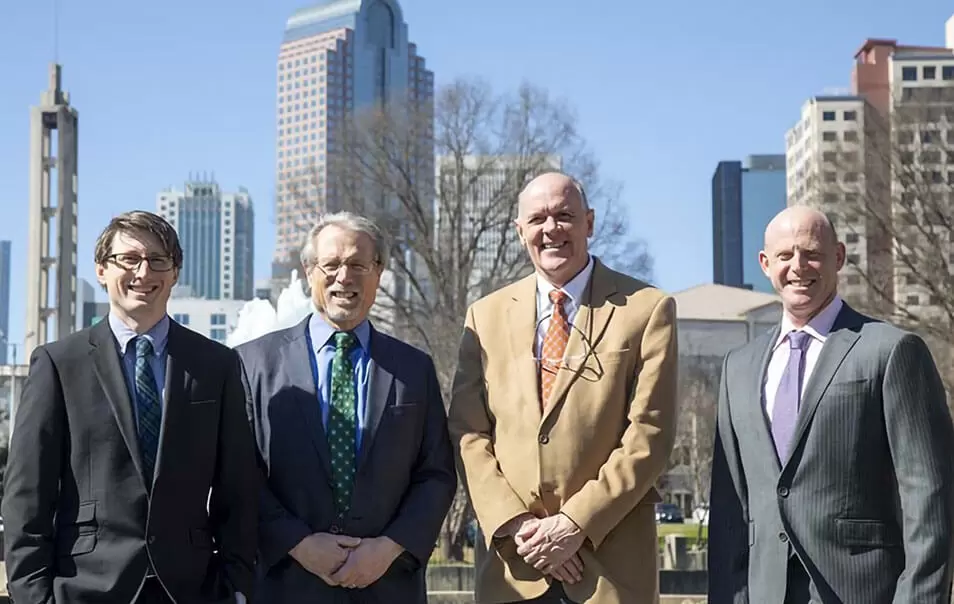Categories

Charlotte North Carolina
Legal Blog
Upper Extremities
The inability to use one or both hands to perform fine and gross movements can very seriously impact an individual’s ability to perform substantial work activity. To be able to use the upper extremities effectively, an individual must be able to reach, push, pull, grasp and finger. Difficulty in performing…
Arthritic Diseases
Arthritis is the most common type of arthritic condition affecting the musculoskeletal system. In evaluating osteoarthritis, the Social Security Administration looks at the impact of the disease on an individual’s ability to function, i.e., stand, walk, use of hands. A significant limitation in the ability to do one or more…
Loss of Function in Musculoskeletal System
Under the Social Security Regulations, loss of function may be due to bone or joint deformity or destruction from any cause; miscellaneous disorders of the spine with or without radiculopathy or other neurological deficits; amputation, or fractures or soft tissue injuries, including burns that require prolonged periods of immobility or…
Neoplastic Diseases of the Musculoskeletal System
Neoplastic diseases include cancer and other tumors. These can include bone or muscle tumors or tumors of other systems of the body that affect the multiple musculoskeletal system. Metabolic diseases such as diabetes mellitus can also affect the musculoskeletal system as can other diseases that limit circulation.
Inflammatory Disease and Infectious Process
Inflammatory disease of the musculoskeletal system include rheumatoid arthritis, lupus and any diseases that damage tissues of a person’s immune system and attack the joints or other structures. Infectious processes would include infections of the bones, muscles or joints that damage the musculoskeletal system such as toxic shock syndrome, Lyme…
Treatment Of The Musculoskeletal System
Treatment of the musculoskeletal system can include surgery, physical therapy, occupational therapy, structural support (braces), prostheses (assistive devices), wheelchairs/canes and so-called alternate therapy such as acupuncture. Occasionally, the medical record will reflect improvement that is more optimistic than factual. This particularly happens following surgery in which a surgeon indicates that…
Weight Bearing Joints
The weight bearing joints include the hip, knee, ankle and foot. The Social Security Regulations reflect the usual medical rule that the joints nearest to the core of the body are the most important. Thus, the hip bears the weight of the body, the knee is the shock absorber for…
Spine Formation
In some cases one side of the spine may grow slightly faster or the bones grow at slightly different rates. This can cause a twisting of the spine that is called scoliosis and occasionally occurs in conjunction with a hump-like condition called kyphosis.
Can I retire early without penalty with SSDI?
Social Security Disability Insurance is intended for those who have historically worked and paid into Social Security but who are no longer able to maintain employment, due to a disability. Likely because it benefits the economy to work and give a portion of your money to the government to hold…
Disabilities Involving The Musculoskeletal System
The human spine consists of 33 vertebra: 7 cervical, 12 thoracic, 5 lumbar, 5 sacral which fuse to form the sacrum and 4 coccygeal which are also fused together to form the coccyx bone or tail bone. These bones surround and support the spinal cord which connects the brain with…


